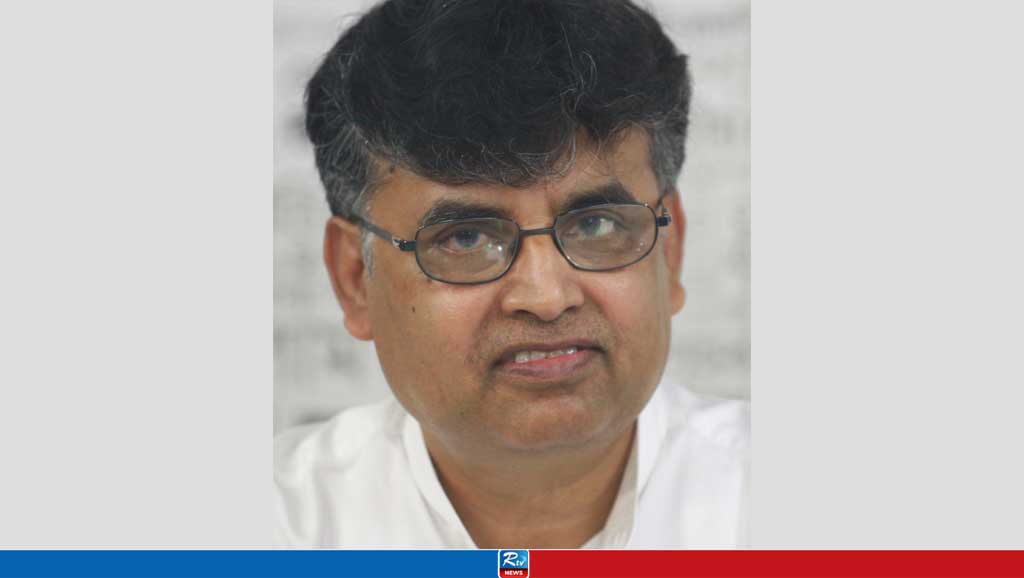The self-reliance in toy-conomy in India
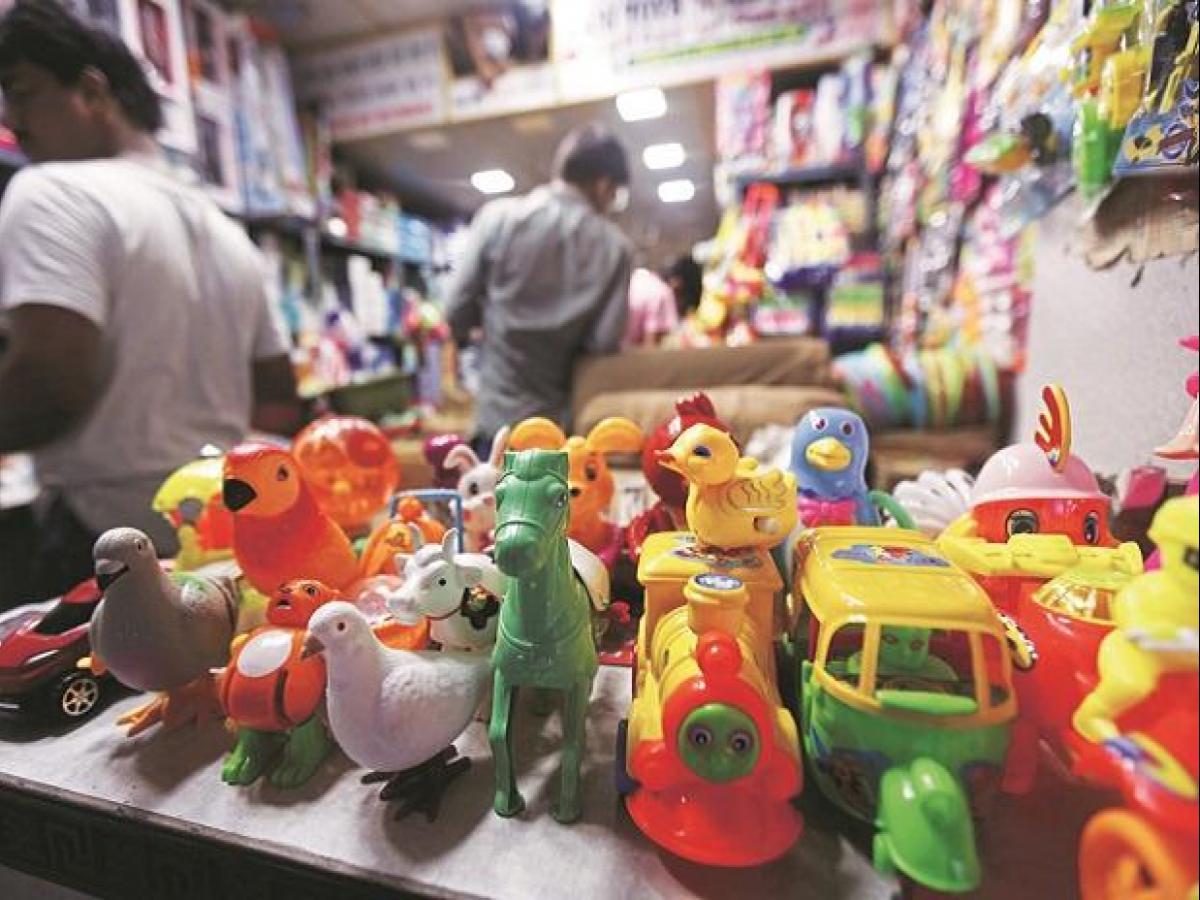
In continuation of constant emphasis on boosting self-reliance, the Indian government has thrust renewed vigor into various sectors, predominantly, in the manufacturing arena. Within this segment, the toy sector has formed a significant chunk of a developing economy that is slowly coming of age. Toys or gaming have served as primary contact points for most children in school as well as within the confines of their homes for quite some time now. As instruments of engagement, these have the potential to significantly impact the mental health of an individual, clearly influencing one's ability to be creative.
Though, it is also a genuine concern that increasingly violent gaming has become a popular medium of “entertainment” amongst children and young teens resulting in numerous cases of self-harm that could have otherwise been avoided. When it comes to the toy sector as an industry, from the late 1990s itself, China is known to have shifted its focus to manufacturing toys on a massive scale and now holds a virtual monopoly over this segment as far as Asia is concerned.
In different circumstances, currently, India had very little to show in terms of global market share or production line supply in this sector.
Having only 1.5 percent share of this otherwise $100 billion world market, India has remained heavily dependent on other countries for the humongous demand it generates considering it is the second most populous nation in the world with a significant component being the youth, particularly children.
One can only imagine the huge amount of monetary losses India is making at this point, with such heavy domestic demand being met solely by external suppliers. However, over the last couple of years, India has woken up to this reality and has begun to understand the wide potential of the toy market. Like other low-income countries, though India continues to import an overwhelming majority i.e., about 80 percent of the toys for its domestic use, the country has begun taking measures that would ensure that its presence in the global toy manufacturing market could be secured and shares increased substantially.
During coronavirus-induced lockdowns, a massive fillip was given to virtual platforms and consequently online opportunities rose manifold. The lockdowns and the resulting compulsion of individuals to resort to online interactions have come as a blessing in disguise for many people working in the toy sector.
New virtual gaming devices and initiatives that would synergize toys/gaming with real-time fitness/health saw increased demand and benefitted in terms of profits. Interestingly, a noted example is the app developed by the KCG College of Technology in Chennai wherein the idea is to help correct the body posture by promoting yoga through gaming.
Combining technology with tradition, the app has figured out a unique way of ensuring sustained business interest as well as spreading yoga throughout the globe. Another fascinating app developed by Arogya in Dehradun ensures that one can improve one’s dietary preferences and eating habits by getting real time updates on the nutritional quality of the food via the gaming route.
Though the sector did not find much mention in the schemes of the erstwhile governments, in recent times, particularly, during the lockdown period, numerous initiatives have been undertaken and the results are slowly unraveling.
Following a clear call to “become vocal for local” in the toy industry, the Department for Promotion of Industry & Internal Trade (DPIIT) in collaboration with the Ministry of Commerce undertook a detailed study in this sector. After its submission and detailed deliberations, multiple ministries were taken on board for a cohesive framework that would enable policies to be made to increase India's share in the global market.
Linking the same to India's glorious culture and civilization, a Toycathon was organized for the first time in India providing youngsters and industry leaders a platform to engage and share new ideas.
New innovations came to light with the event wherein more than 13,000 exhibitors participated, with widespread consultations between players and officials about the possible road map that the Indian government ought to take toward ensuring self-reliance.
These innovations can subsequently ensure manufacturing takes place on a larger scale, with the potential to deliver development to remote areas of the country where it is most needed.
Rarely does a capitalist venture find itself taking roots in areas that are far-flung or amidst mountainous terrains and excludes a huge population of the society i.e., mostly Dalits, tribals, women and other individuals/groups who live on the fringes.
In fact, in its effort to give impetus to this sector, the government recently announced plans for setting up a more than 400 crore Toy Park in the Jewar region of Uttar Pradesh in which 134 companies have already agreed to establish their manufacturing units.
An airport is also being reportedly planned in its vicinity. Expected to provide permanent jobs to more than 6,157 people, the Park spread over an area of 100 acres will be manufacturing electronic, plastic, stuffed, silicon toys along with wooden toys to incentivize regional artisans to hone their skills.
Better late than never, this manufacturing industry, if developed properly with the necessary support from the government and the innovation needed from the corporate world, has a good shot at providing immense benefits to not just remote regions in the country but also the most vulnerable sections of society who with dignity and honor can participate in the country’s development paradigm.
Source: ANI
IH
Comments
Bribery, corruption main barriers to promote business in Bangladesh: US report
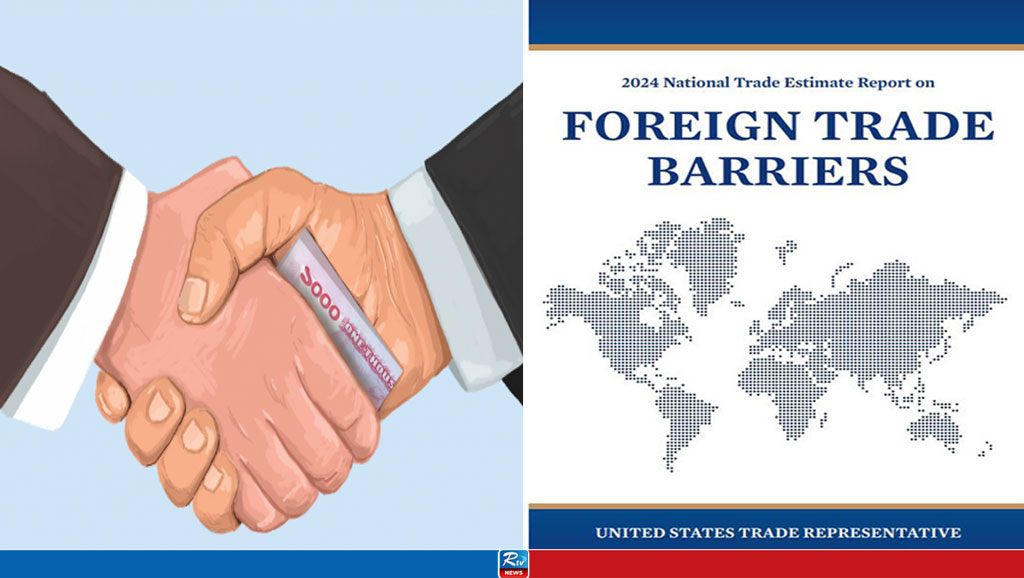
Export earnings rise 10% in March
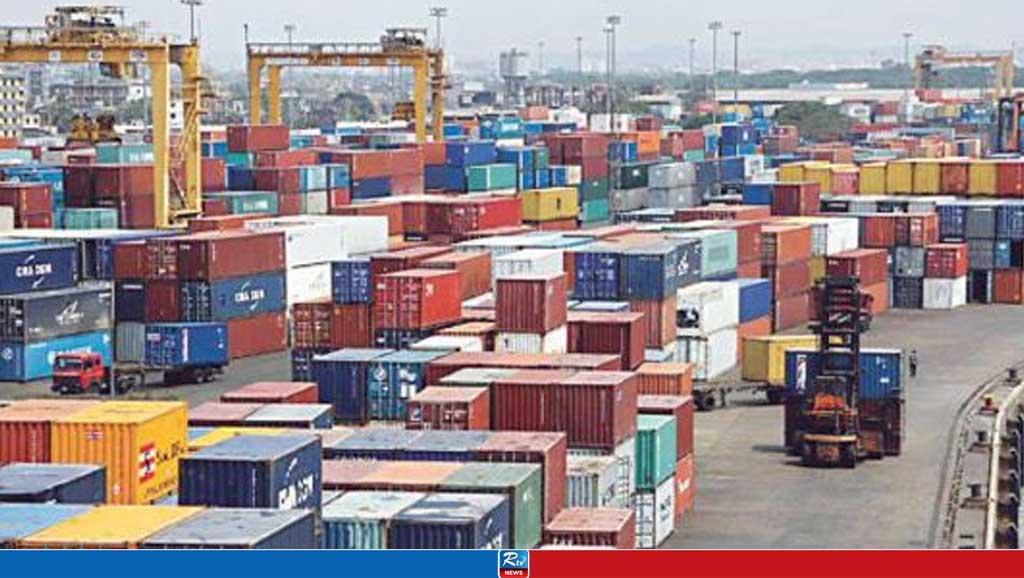
LPG price cut by Tk 40 for 12 kg cylinder

BASIC Bank to merge with City Bank

Gold prices hit a record high

Bottled Soybean oil prices raised by Tk 4 per litre
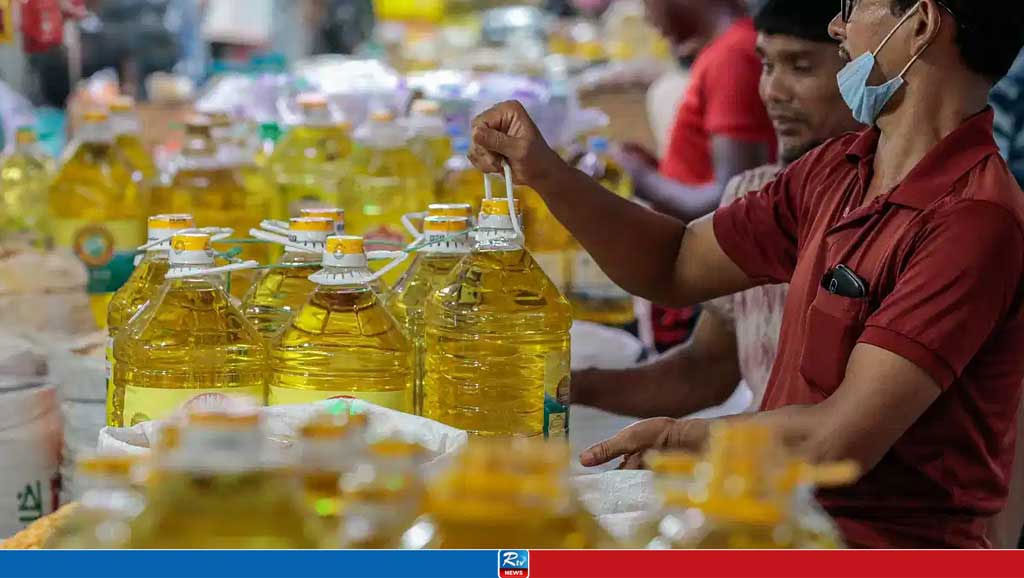

 Live Tv
Live Tv

